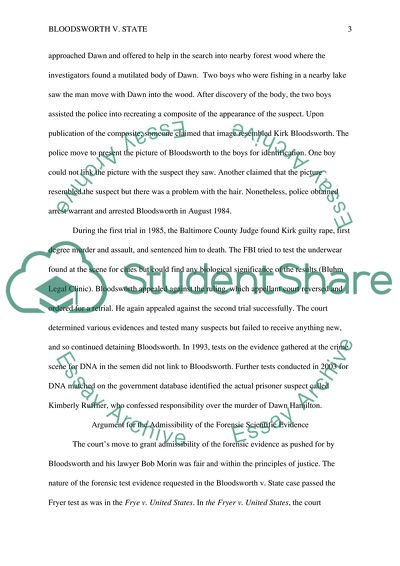Cite this document
(“Bloodsworth v. State 76 Md.App.23,543 A.2d 382 Research Paper”, n.d.)
Retrieved from https://studentshare.org/law/1687802-bloodsworth-v-state-76-mdapp23543-a2d-382
Retrieved from https://studentshare.org/law/1687802-bloodsworth-v-state-76-mdapp23543-a2d-382
(Bloodsworth V. State 76 Md.App.23,543 A.2d 382 Research Paper)
https://studentshare.org/law/1687802-bloodsworth-v-state-76-mdapp23543-a2d-382.
https://studentshare.org/law/1687802-bloodsworth-v-state-76-mdapp23543-a2d-382.
“Bloodsworth V. State 76 Md.App.23,543 A.2d 382 Research Paper”, n.d. https://studentshare.org/law/1687802-bloodsworth-v-state-76-mdapp23543-a2d-382.


